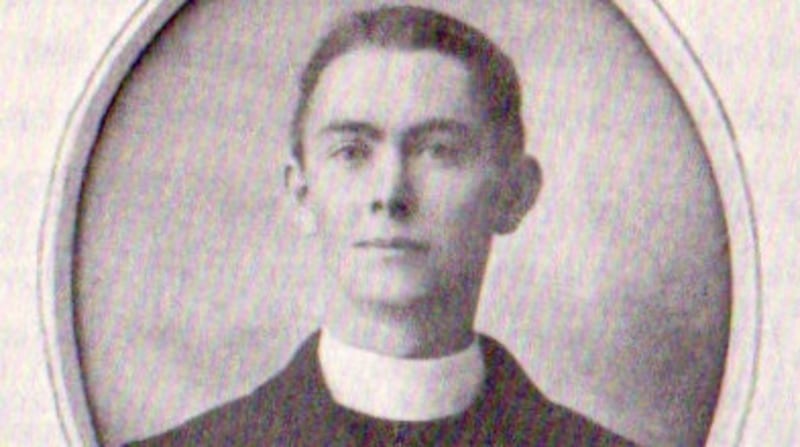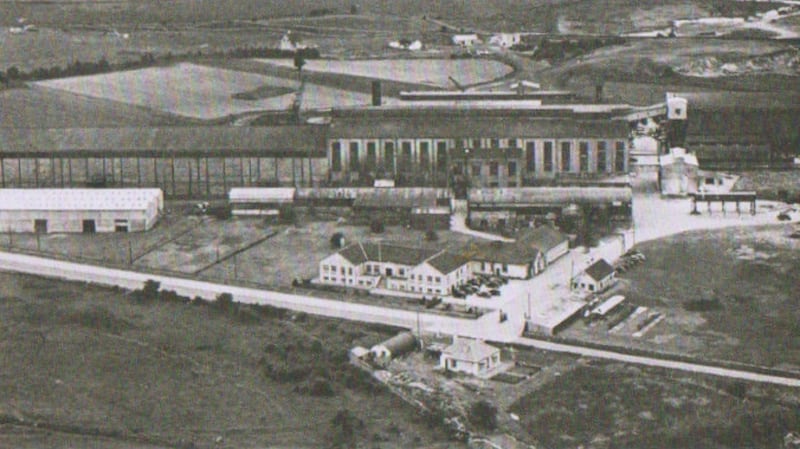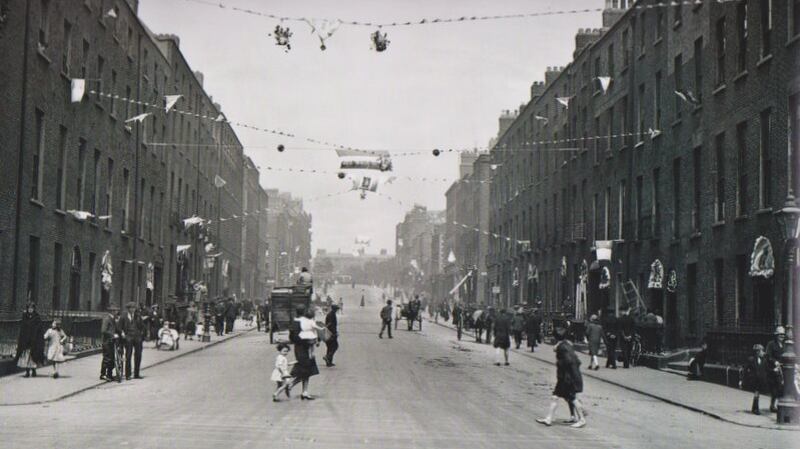Ireland is coloured by its people, geography, history and literature, and its maps provide snapshots of the country giving an insight into social and economic life, and links between territories. Mapping Laois from the 16th to the 21st century (Wordwell, €30) by Arnold Horner reflects a vast range of different types of maps set alongside the history of Laois, known as Queen’s County from 1556 to 1920.
This stylish book reproduces 350 images of maps on sumptuous paper, some colour-enhanced and improved through sharpening procedures. From hand-drawn picture-maps through the work of Giovanni Battista Boazio and John Speed (neither of whom visited Ireland), Robert Lythe and William Petty, as well as Dublin-based surveyors and the Hibernian Atlas of 1776, the early detail is staggering. At one time Arderin, “the height of Ireland”, in the Slieve Bloom mountains, was popularly considered to be the country’s highest point.
A landmark in the development of the road-map to help travellers was George Taylor and Andrew Skinner’s Maps of the Roads of Ireland (1778) an elegant depiction of the main routes from Dublin as a series of parallel strips. Distances were most likely calculated by walking a perambulating wheel along the roads. Nine pages feature Queen’s County which then had eight turnpikes where tolls were paid for the upkeep of roads. The era dating from 1841, when the Ordnance Survey captured the county with its clear images drawn to a uniform standard, proved a significant source providing consistent detail.
As well as the human imprint, maps record changes to the physical environment through reclamation and bogland drainage, woodland clearance and enclosed farms. Cartographers will love this book which sparkles with infectious pleasure and a scrupulous prose, but it will also appeal to the general reader interested in how the landscape has been shaped.

One hundred years ago, Fr William Ferris was a formidable presence in Co Kerry, and nearly 50 years after his death his legacy still resonates. Fr Ferris’s Parish Histories (Cló Staire Chiarraí, €15), originally banned by the Bishop of Kerry and now edited by Brendan McCarthy, tells the history of BallymacElligott, Ballyseedy, O’Brennan and Nohoval parishes.
A lifelong temperance advocate, Fr Ferris was a historian, Gaeilgeoir and Sinn Féin propagandist who published six books. But his volume on the four parishes was banned because he had “gone against the traditions of the diocese” in his chapter on St Brendan and the birth place of the patron saint of Kerry. Diocesan tradition was that Brendan was born at Fenit and baptised in Ardfert but in his manuscript Fr Ferris put forward a case that St Brendan was born and baptised in the parish of O’Brennan.
Although controversial in many aspects of his writing, Fr Ferris’s most tangible legacy is in the field of local history. For the first time in 85 years his book has been published. Made up of cultural heritage, placenames, archaeology, genealogy, folk memory and reminiscence, it represents what the editor calls “time capsules” of history.

For more than a half century hundreds of local men worked in the Tuam sugar factory in Co Galway as engineers, joiners, carpenters or machine operators. The factory’s story from 1934-1986, as one of the largest industrial companies west of the Shannon, is documented in No Lasting City (€16) by John Cahill, a former fitter and welder with the firm for 33 years.
The process of producing sugar from beet was a complex operation and not everything ran smoothly. In the early days the workers earned 17 shillings for a 48-hour week but there was discontent about a new training scheme for sugar cooks. Over the decades, strikes, accidents were part of the fabric of working life. There was also an incident involving the pollution of the river Clare. Protests about the decision to shut the factory in the 1980s were fruitless and the author describes its closure and demolition as “heartless and cruel”.
The social history of the town is explored through workers’ stories. One of those employed in the 1950s was a young apprentice, Tom Murphy, born in Tuam, the youngest of 10 children. After becoming a teacher he went on to be an acclaimed playwright whose works include A Whistle in the Dark and Conversations on a Homecoming.

A backward glance is revealed too in Dublin Then and Now (Pavilion, £14.99) by Lisa Marie Griffith. Despite the new developments of recent years this book shows how much of the city’s architectural heritage has surprisingly survived. Seventy archival images are matched with contemporary views showing similarities or changes. The facades of pubs such as Davy Byrne’s, the Long Hall and the Brazen Head remain the same, and although its location has changed, Mulligan’s can trace its remarkable pedigree to 1782.
Paul Clements' talk "Rambles around Ireland" is at the Island Arts Centre, Lisburn on Thursday, March 28th, www.islandartscentre.com. His email address is: clementsrp@googlemail.com










